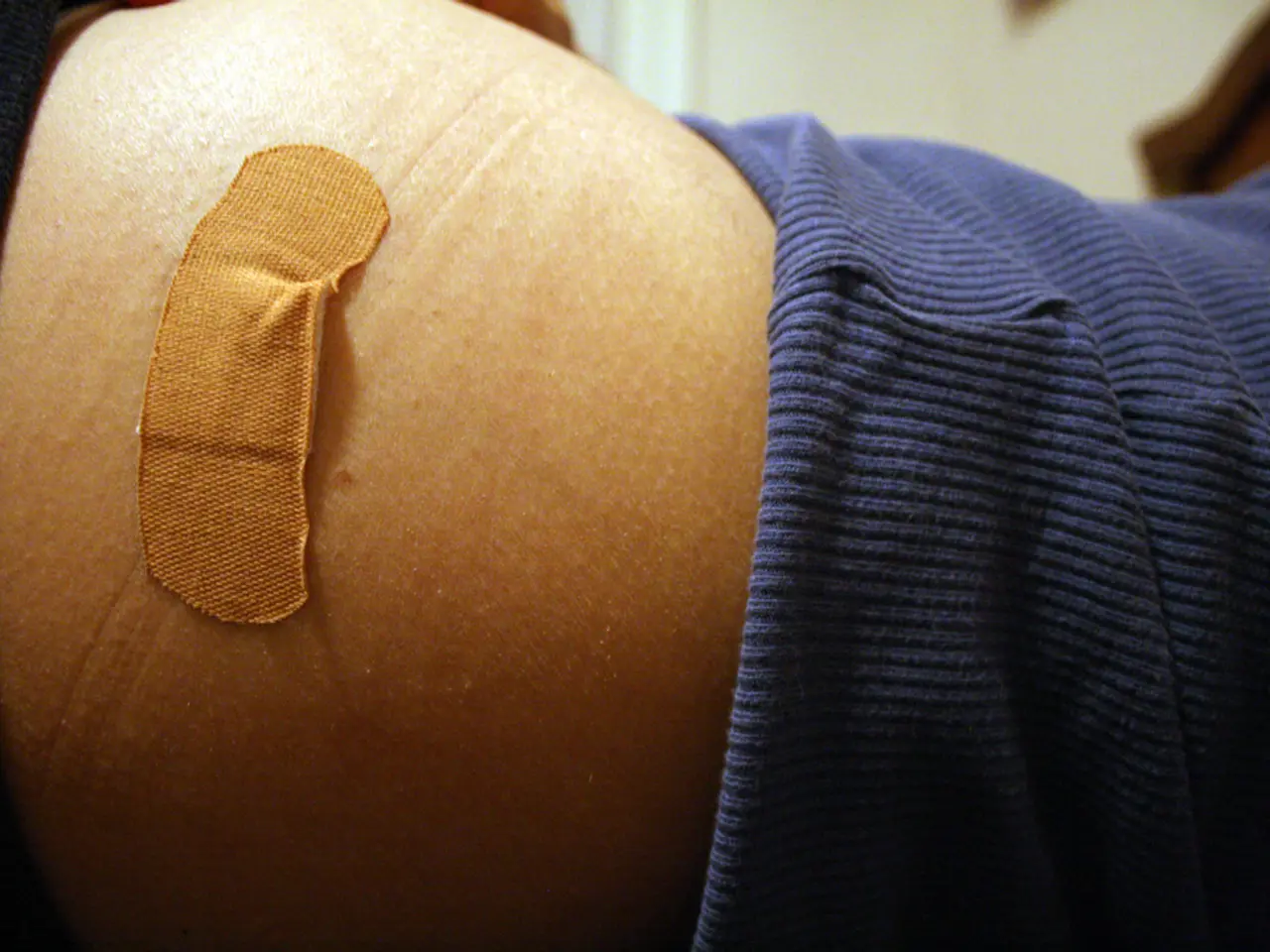Home Wound Cleaning Guidelines and Emergency Medical Intervention Signals
When faced with a wound, it's essential to know the right steps to take for proper care and to determine when professional help is needed.
Home Wound Care
In most cases, simple, superficial wounds like minor scrapes or cuts can be taken care of at home. The recommended steps for home wound care are to clean the wound gently, protect it with an appropriate dressing, and monitor it regularly for signs of healing or infection.
- Clean the wound: Begin by washing your hands thoroughly with soap and water and using disposable gloves if available. Carefully remove the old dressing, inspecting the wound for any changes. Clean the wound by gently wiping from the center outward with sterile gauze moistened with saline or a prescribed cleaning solution. Use a new gauze piece for each wipe to avoid contamination. Avoid harsh cleaning products like hydrogen peroxide or rubbing alcohol unless directed by a healthcare professional. Pat the surrounding skin dry before applying a new dressing.
- Protect the wound: Apply a prescribed or appropriate primary dressing covering the wound fully without excessive overlap. Use skin protectants (like dimethicone wipes) around the wound to prevent moisture-related skin damage. Keep the wound covered with a clean, breathable bandage to prevent infection.
- Monitor the wound: Check daily for signs of infection such as increased redness, warmth, tenderness, swelling, pus drainage, or red streaks. Note any changes in pain or wound appearance and maintain consistent hygiene and dressing changes.
When to Seek Medical Attention
While most wounds can be managed at home, there are instances when professional help is necessary. You should consult a healthcare provider or seek emergency care if:
- The wound is large, deep (more than about 0.64 cm or a quarter inch), on the face, or exposing bone or underlying tissue—stitches may be required.
- The wound is caused by animal or human bites or by contaminated objects like rusty nails or fishhooks.
- There are signs of infection: redness, warmth, swelling, pus, throbbing pain, fever, or red streaks extending from the wound.
- Bleeding is uncontrolled or blood is spurting, or the bandages quickly become soaked with blood despite pressure.
- There may be internal bleeding or shock symptoms such as dizziness or paleness.
- The person has not had a tetanus shot within the last 5 to 10 years depending on guidelines.
- Foreign objects cannot be safely removed or if cleaning is difficult.
In summary, home wound care involves careful cleaning with sterile supplies, protecting with dressings, and vigilant monitoring, while prompt medical evaluation is essential for deeper, infected, or complicated wounds. Puncture wounds of any kind necessitate emergency care. If unsure about the wound's seriousness, it's best to seek medical help.




